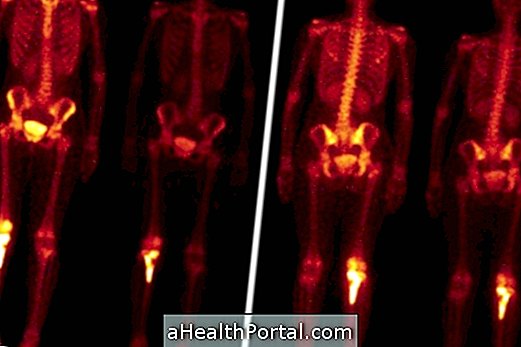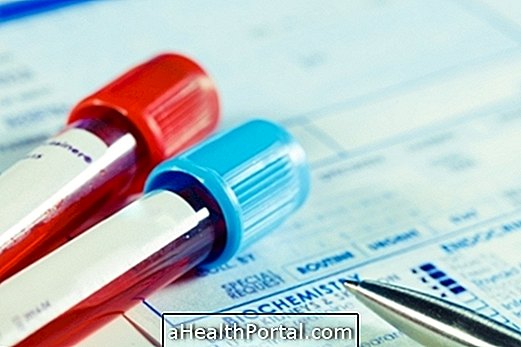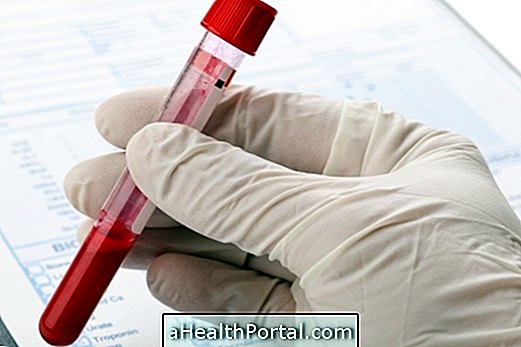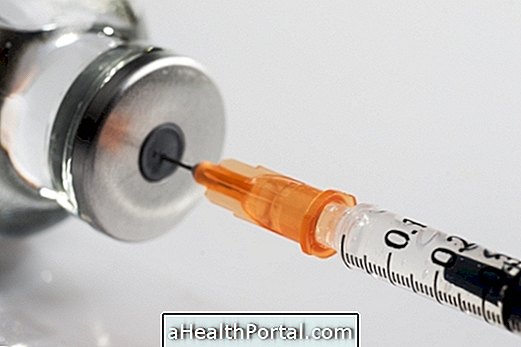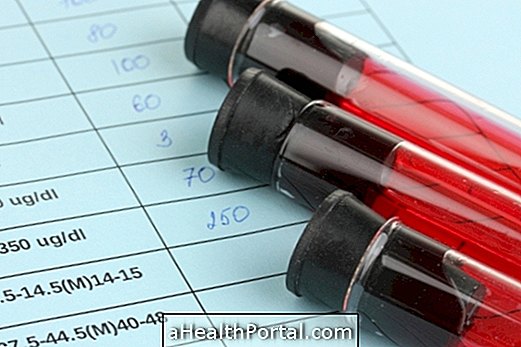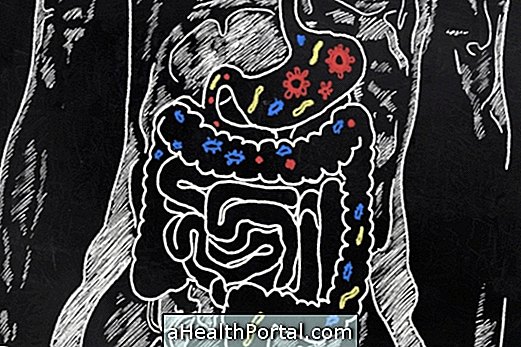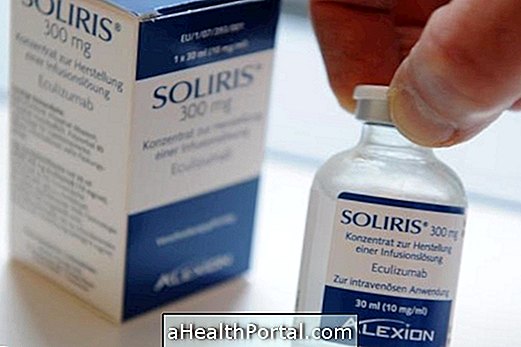Hemoglobin electrophoresis is a diagnostic technique that aims to identify the different types of hemoglobin that can be found circulating in the blood. Hemoglobin or Hb is a protein present in the red blood cells responsible for binding to oxygen, allowing transport to the tissues. Learn more about hemoglobin.
From the identification of the type of hemoglobin, it is possible to verify if the person has any disease related to hemoglobin synthesis, such as thalassemia or sickle cell anemia, for example. However, to confirm the diagnosis, other hematological and biochemical tests are required.

What is it for
Hemoglobin electrophoresis is required to identify structural and functional changes related to hemoglobin synthesis. Thus, it may be recommended by your doctor to diagnose sickle cell anemia, hemoglobin C disease and differentiate thalassemias, for example.
In addition, it may be requested to genetically advise couples who wanted to have children, for example by being told if there is a chance the child has some type of blood disorder related to hemoglobin synthesis. Hemoglobin electrophoresis can also be requested as a routine follow-up examination for patients already diagnosed with different types of hemoglobin.
In the case of newborn babies, the hemoglobin type is identified by the foot test, which is important for the diagnosis of sickle cell anemia, for example. See which are the diseases detected by the test of the foot.
How is it done?
Hemoglobin electrophoresis is done by collecting a blood sample by a trained professional in a specialized laboratory, because incorrect collection can result in hemolysis, that is, destruction of the red blood cells, which may interfere with the result. Understand how blood collection is done.
The collection should be done with the patient fasted for at least 4 hours and the sample referred for laboratory analysis, in which the types of hemoglobin present in the patient are identified. In some laboratories, it is not necessary to fast for the collection. Therefore, it is important to seek guidance from the laboratory and the doctor about fasting for the test.
The hemoglobin type is identified by electrophoresis at alkaline pH (around 8.0 - 9.0), which is a technique based on the rate of migration of the molecule when submitted to an electric current, with the visualization of bands of according to the size and weight of the molecule. According to the pattern of bands obtained, a comparison is made with the normal standard and, thus, the identification of abnormal hemoglobins is made.

How to interpret the results
According to the pattern of bands presented, it is possible to identify the type of hemoglobin of the patient. Hemoglobin A1 (HbA1) has a higher molecular weight, with less migration being noted, whereas HbA2 is lighter, becoming deeper in the gel. This pattern of bands is interpreted in the laboratory and released as a report to the physician and to the patient informing the type of hemoglobin found.
Fetal hemoglobin (HbF) is present at higher concentrations in the baby, however, as development occurs, HbF concentrations decrease while HbA1 increases. Thus, the concentrations of each type of hemoglobin vary according to age, and are usually:
| Type of hemoglobin | Normal value |
| HbF | 1 to 7 days of age: up to 84%; 8 to 60 days of age: up to 77%; 2 to 4 months of age: up to 40%; 4 to 6 months of age: up to 7.0% 7 to 12 months of age: up to 3.5%; 12 to 18 months of age: up to 2.8%; Adult: 0.0 to 2.0% |
| HbA1 | Equal to or greater than 95% |
| HbA2 | 1.5-3.5% |
However, some people have structural or functional changes related to hemoglobin synthesis, resulting in abnormal hemoglobins or variants, such as HbS, HbC, HbH and Barts' Hb.
Thus, from the electrophoresis of hemoglobins, it is possible to identify the presence of abnormal hemoglobins and, with the aid of another diagnostic technique called HPLC, it is possible to verify the concentration of normal and abnormal hemoglobins, being able to be indicative of:
| Hemoglobin result | Diagnostic hypothesis |
| Presence of HbSS | Sickle cell anemia, which is characterized by the change in hemocyte format due to a mutation in the beta chain of hemoglobin. Know the symptoms of sickle cell anemia. |
| Presence of HbAS | Sickle cell trait, in which the person carries the gene responsible for sickle cell anemia, but has no symptoms, but can pass this gene to other generations: |
| Presence of HbC | Indicative of Hemoglobin C disease, in which HbC crystals can be observed in the blood smear, especially when the patient is HbCC, in which the person has variable hemolytic anemia. |
| Presence of Hb de Barts |
The presence of this type of hemoglobin indicates a serious condition known as fetal hydrops, which can result in death of the fetus and consequently abortion. Learn more about fetal hydrops. |
| Presence of HbH | Indicative of hemoglobin H disease, which is characterized by precipitation and extravascular hemolysis. |
In the case of the diagnosis of sickle cell anemia by the foot test, the normal result is HbFA (ie the baby has both HbA and HbF, which is normal), whereas the HbFAS and HbFS results are indicative of sickle cell trait and sickle cell anemia respectively.
The differential diagnosis of thalassemias can also be made by HPLC-associated hemoglobin electrophoresis, where they are verified at concentrations of alpha, beta, delta and gamma chains, verifying the absence or partial presence of these globin chains and, according to the determine the type of thalassemia. Learn how to identify thalassemia.
To confirm the diagnosis of any hemoglobin-related disease, other tests such as iron dosage, ferritin, transferrin, and complete blood count must be ordered. Here's how to interpret the blood count.
